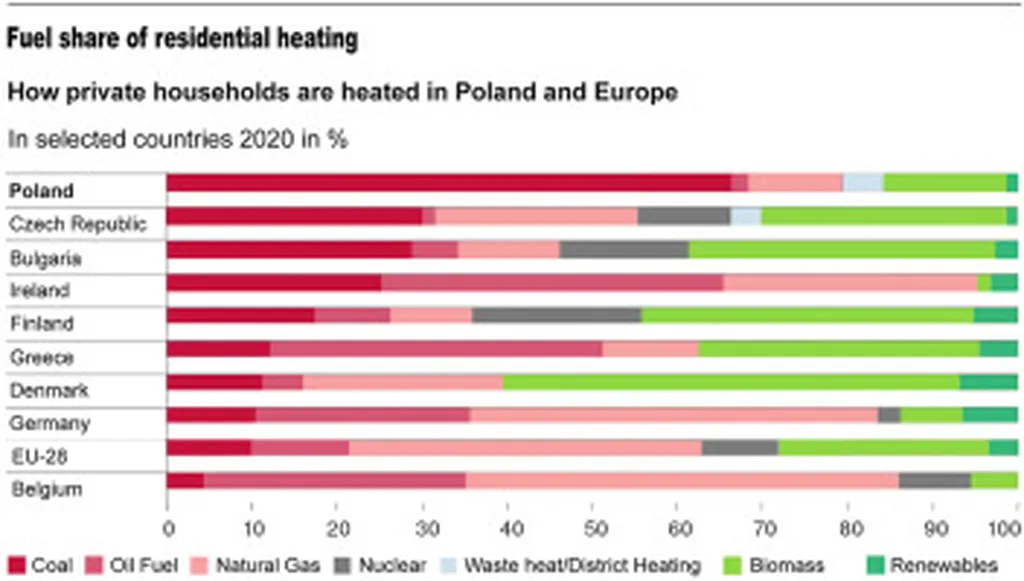In the heart of Poland, a semi-detached house stands as a testament to the future of sustainable residential construction. This isn’t just any house; it’s a living laboratory demonstrating the power of the Total Performance approach to energy efficiency. Led by Wiktor Sitek of the Institute of Civil Engineering at Warsaw University of Life Sciences—SGGW, a recent study published in the journal *Energies* (which translates to “Energies” in English) has shed light on how this approach can significantly reduce energy consumption while maintaining comfort and compliance with regulatory standards.
The house, built by a Polish developer, is equipped with an array of integrated systems designed to minimize energy use. An air-to-water heat pump, underfloor heating, mechanical ventilation with heat recovery, and automatic temperature control systems work in harmony to create an efficient and comfortable living space. “The goal was to design a building that not only meets current energy efficiency standards but also sets a new benchmark for sustainable residential construction,” Sitek explained.
The study used ArCADia–TERMOCAD 8.0 software to assess the building’s energy efficiency according to Polish Technical Specifications. The results were impressive: the building achieved a Primary Energy Demand (PED) from non-renewable sources of 54.05 kWh/(m²·year), a 23% reduction compared to the Polish regulatory limit of 70 kWh/(m²·year). Real-time monitoring from December 2024 to April 2025 confirmed these findings, with the building’s actual energy demand clocking in at approximately 1771 kWh/year.
Domestic hot water (DHW) preparation accounted for the largest share of energy consumption. However, the building’s infrastructure is ready for future photovoltaic (PV) installation, offering further potential for emissions reduction. “This building is not just about meeting today’s standards; it’s about being prepared for tomorrow’s technologies,” Sitek noted.
The implications for the energy sector are significant. The Total Performance approach demonstrated in this study offers a scalable model for sustainable residential construction. It aligns with the European Union’s decarbonization policy and the goals of the European Green Deal, providing a roadmap for developers and policymakers alike.
As the world grapples with climate change and the need for sustainable solutions, this study serves as a beacon of hope. It shows that with the right strategies and technologies, we can build homes that are not only comfortable and compliant but also environmentally responsible. The research by Sitek and his team is a step forward in the journey towards a greener, more sustainable future.

